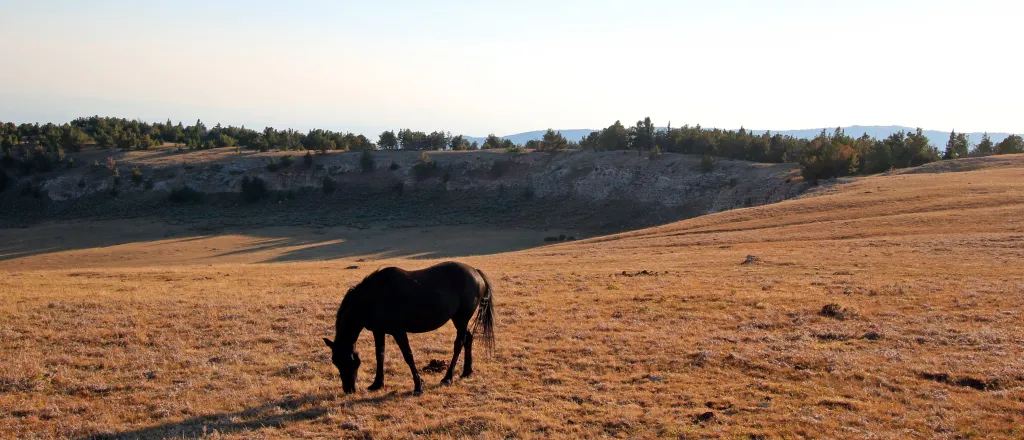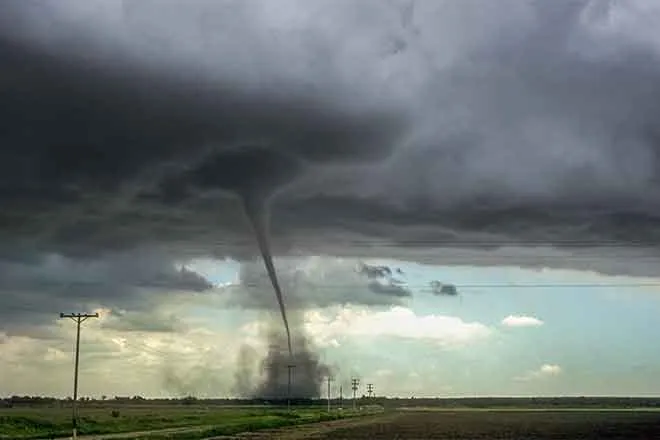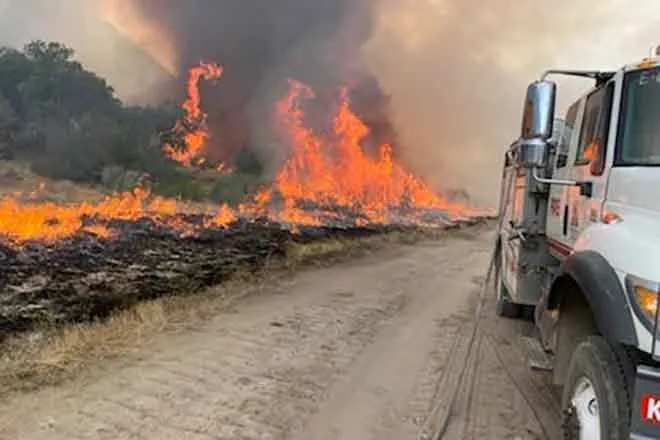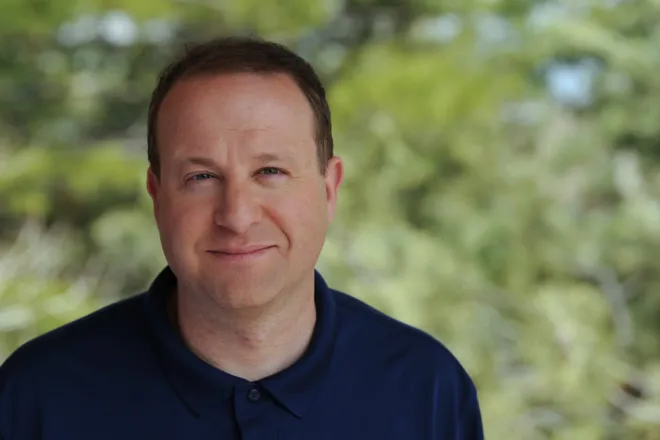
New rule could spur more conservation on BLM lands
(Oregon News Service) A proposed rule from the U.S. Bureau of Land Management could raise conservation up as a priority on the land it manages.
Under the proposal, the BLM would prioritize the health and resilience of ecosystems alongside other uses for the land - such as recreation and resource extraction.
There are about 15.7 million acres of BLM land in Oregon. Mark Salvo is the conservation director at the Oregon Natural Desert Association.
"Bureau of Land Management lands have traditionally been managed for resource use and extraction," said Salvo, "despite the fact that Congress and the Federal Land Policy and Management Act did provide the agency tools and direction to manage for conservation of resources as well."
The Western Energy Alliance is among the opponents of this change, saying it goes too far beyond the 1976 Federal Land Policy and Management Act - which laid out the multiple uses that should be prioritized on public lands.
The public can comment on the rule through June 20.
Chamois Andersen - the senior representative for the Rockies & Plains program at the Defenders of Wildlife - said the new rules would help protect wildlife habitat, clean drinking water sources and rural economies.
As the nation faces more frequent and powerful wildfires, prolonged drought and other impacts of a changing climate, she said the proposal shows timely leadership.
"To consider climatic changes, and the impacts to our native grasslands with drought conditions," said Andersen, "and to really take this more holistic approach, putting conservation right in line with other uses of the land."
Salvo said the proposal could be especially beneficial for a 3 million-acre swath of land in southeast Oregon known as the Greater Hart-Sheldon - which is mostly managed by BLM.
He said the region is home to species such as pronghorn, sage grouse and pygmy rabbit.
"We're really excited about how this rule could help to support those current conversations about how to bring long-term conservation protection to the Greater Hart-Sheldon," said Salvo, "and the rich wildlife resources that occur there."

















